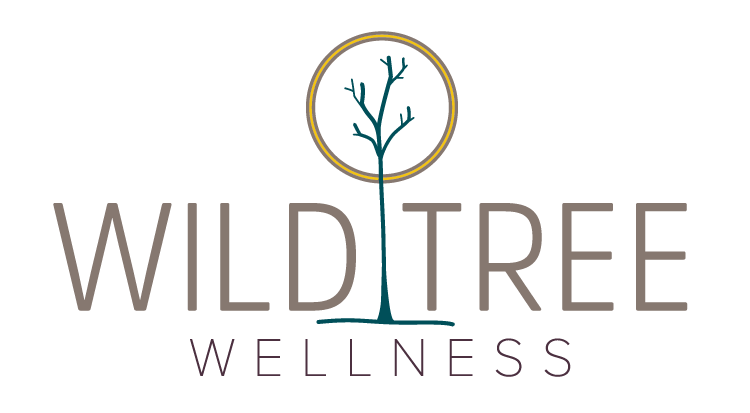What is All the Buzz About Mindfulness?
Talk of mindfulness is everywhere these days. It seems that courses, books, and talk of mindfulness abound. But, you may be asking, “What exactly is it?” and “How can it be helpful?”
Simply put, mindfulness is the act of purposefully keeping one’s attention on the present moment, and doing so without judgment. This entails noticing one’s current thoughts, feelings, sensations, and surroundings without judging whether they are good, bad, helpful, or unhelpful.
Mindfulness has been shown to be beneficial in a variety of social, psychological, and physical realms. It can be useful in controlling stress, anxiety, anger and chronic pain, and in improving mood, attention, and physical immunities. In fact, it appears that mindfulness can actually have a positive affect on structures of the brain involved with emotional regulation, including fear.
In this era of multi-tasking, we find ourselves continually racing towards the next thing on our to-do list while constantly checking phone apps and laptops to make sure we are on top of everything. Unfortunately, this leaves little time to appreciate the present, and leaves many people feeling unfulfilled. Taking the time to focus on and appreciate the present can enhance feelings of purpose and wellbeing.
Though “simple” in concept, mindfulness requires practice. This is because our thoughts habitually flit from one subject to the next, and are mostly past or future-oriented. We may think about what we did yesterday or last year, or our to-do list for tomorrow or next week. Also, very often our thoughts are judgmental in nature, such as those involving ideas of should or shouldn’t. Adherents of mindfulness believe that by concentrating on our present thoughts, sensations, breath, and surroundings, we can train ourselves to be more regularly in present-mode.
Mindfulness meditation is an important element of Buddhist practice. In 1979 Jon Kabatt-Zinn developed the Mindfulness-Based Stress Reduction technique, which was a catalyst for spreading the use of mindfulness techniques for a variety of conditions. Mindfulness is now being incorporated into many mental health and health practices. Kabat-Zinn’s book, Mindfulness for Beginners, is an easy entry-level read for those wanting to gain a better understanding of the subject. In addition, there are many descriptions of mindfulness exercises available on the web. One exercise, Three Minute Breathing Space, is a quick and easy method to begin incorporating greater mindfulness into your life.
Take a moment now, and just notice, just breathe…be mindful!
Written by Terry Campbell, MA, LPC
